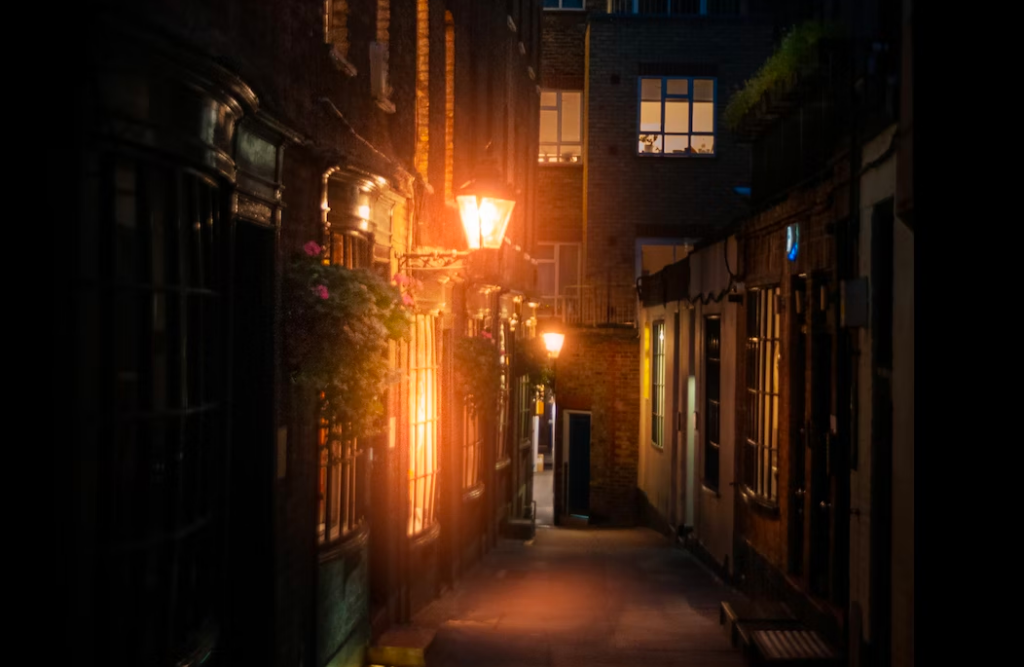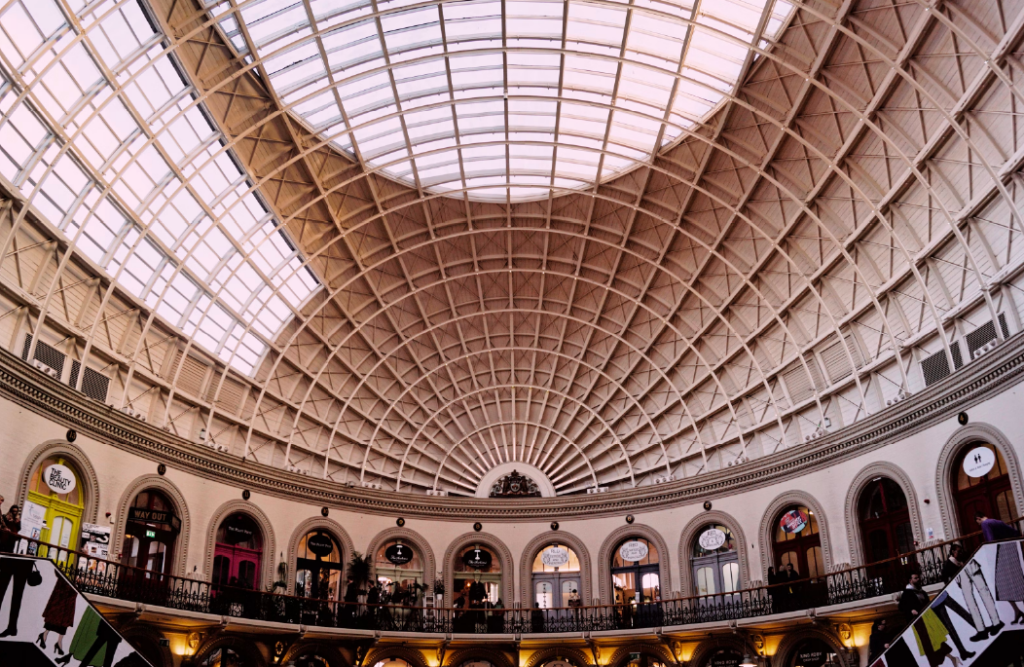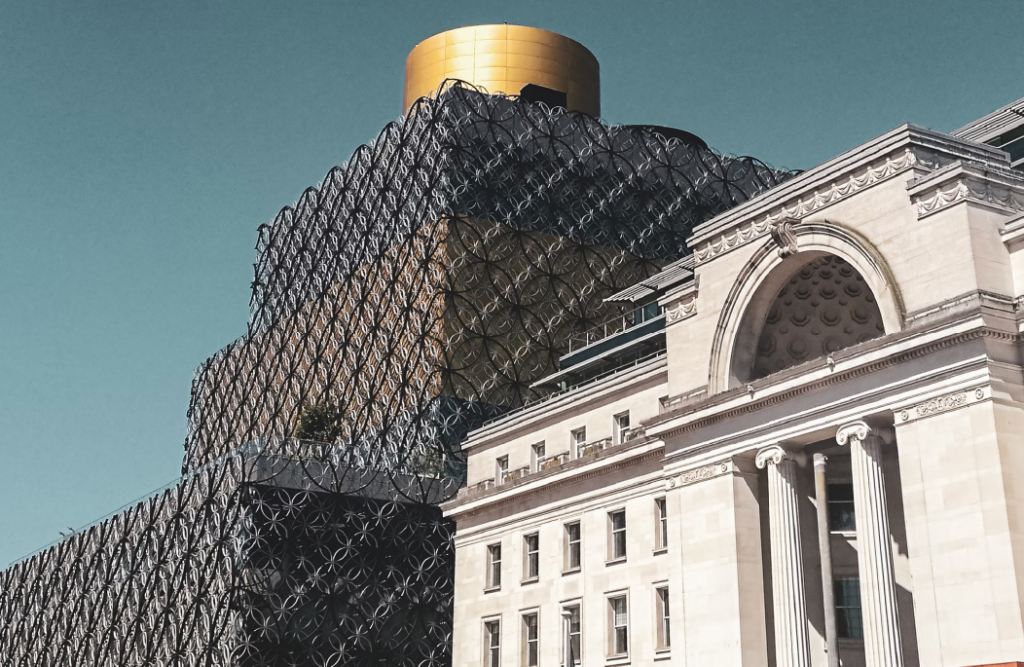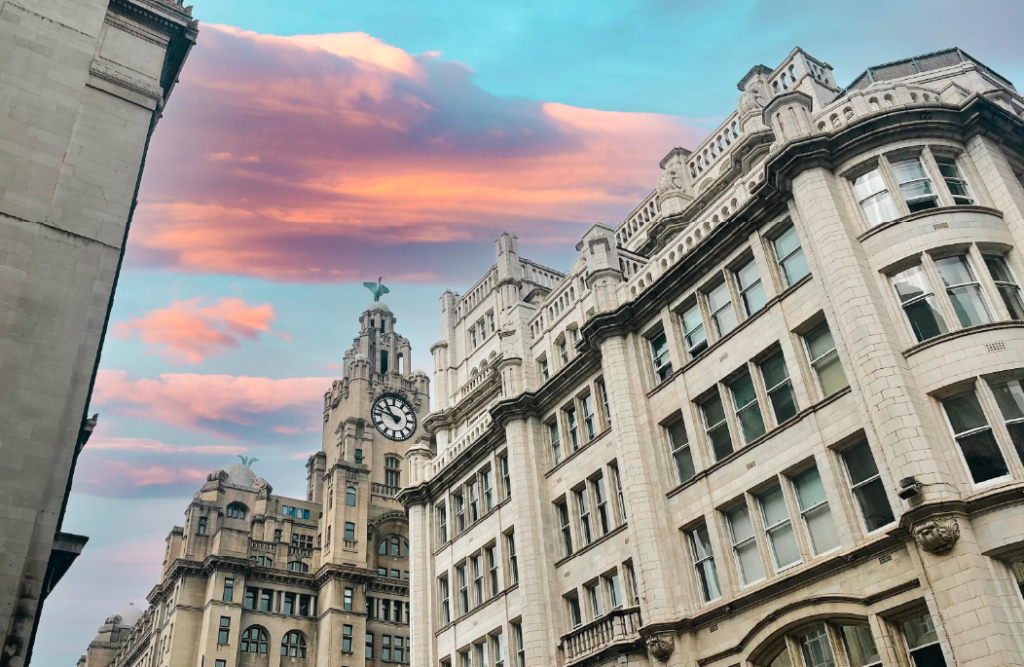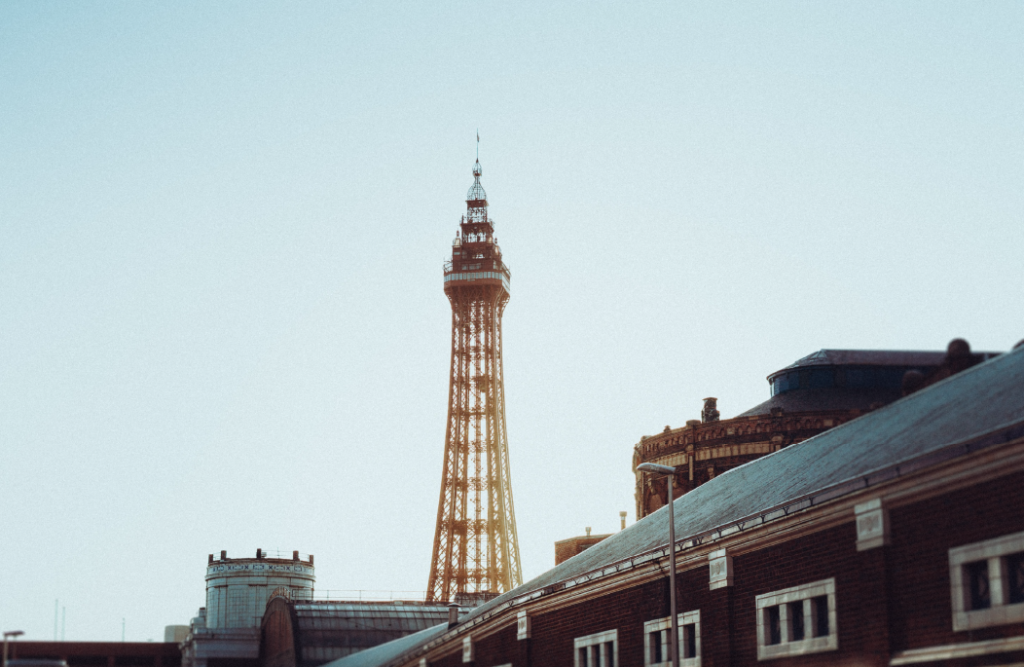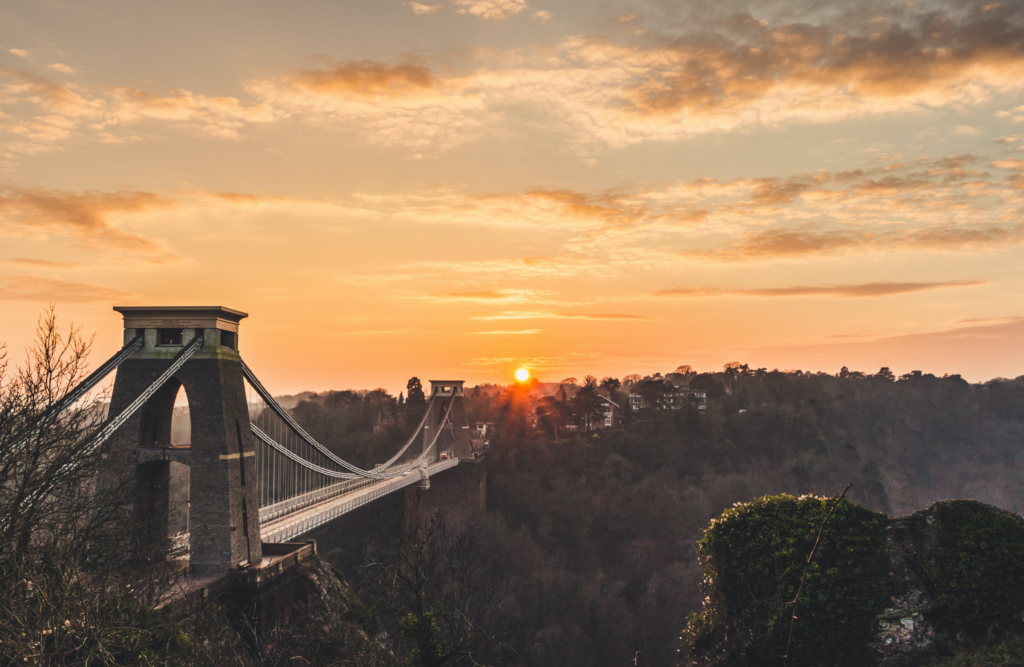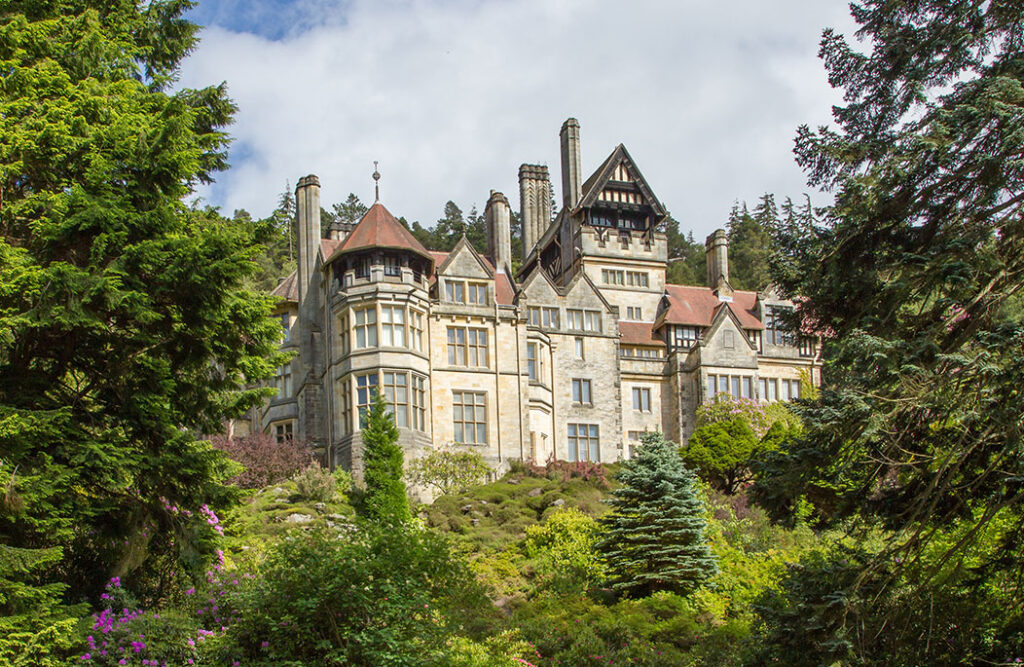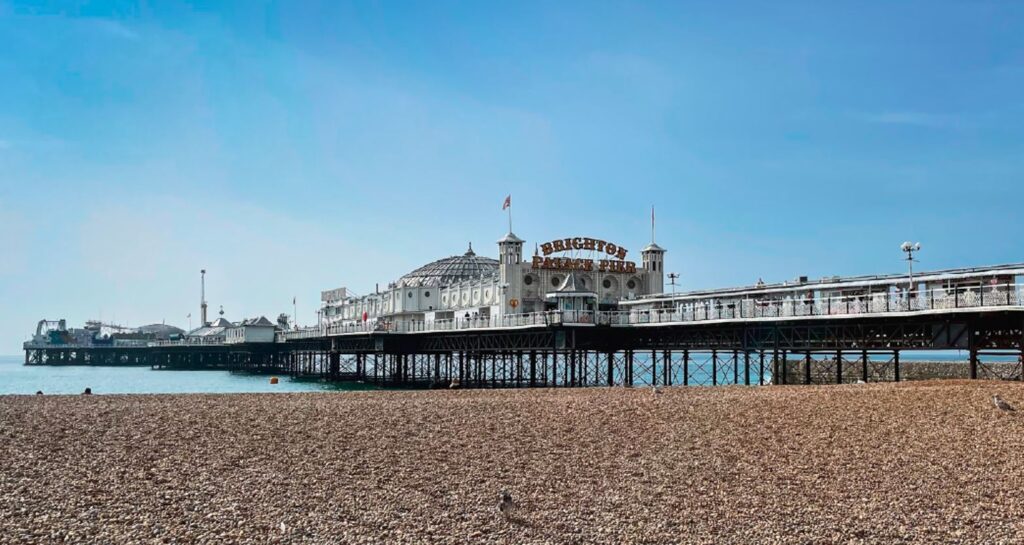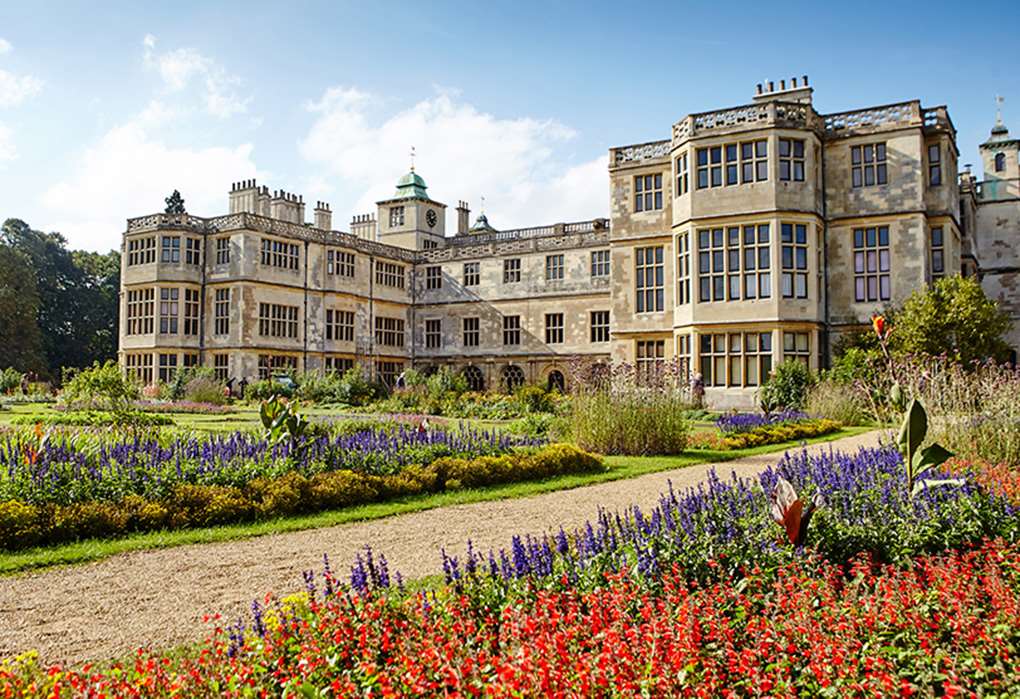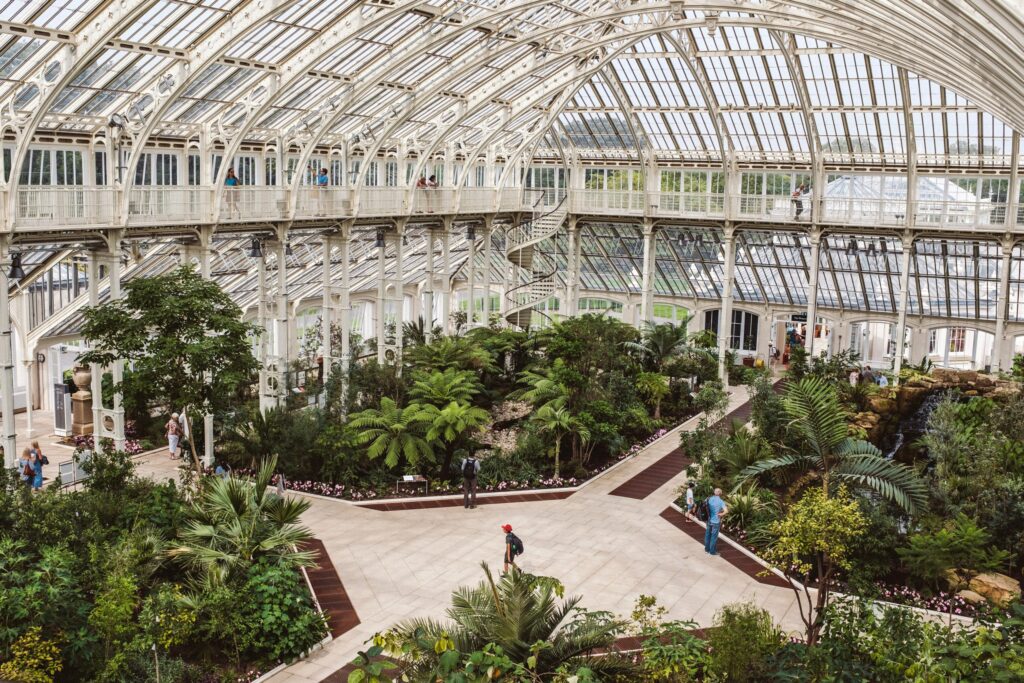The Industrial Revolution inspired during the prosperous Victorian era had a huge effect on Leicester’s development and influence as a regional centre.
The population grew from 40,000 to more than 200,000 and the town evolved with a new-found city status. Many of Leicester’s most iconic buildings were built during this time as wealthy Victorians strived to make their marks on the city and in history.
Here are six of Leicester’s most iconic Victorian landmarks.
1. Campbell Street Station and London Road Station
The Midland Counties Railway Act of 1836 led to the building in 1840 of Leicester’s first mainline railway station, Leicester Campbell Street. The line connected Leicester to Derby, Nottingham and Rugby, enabling Leicester to capitalise on its central location and provide direct access to London.
It was from Campbell Street Station that Thomas Cook ran his first railway excursion in 1841 to a temperance meeting in Loughborough. This event is commemorated by a statue of Thomas Cook outside the station. Excursions to Scotland, Europe and further afield soon followed, including the first round-the-world tour in 1872-73.
Campbell Street Station enjoyed royal patronage with Queen Victoria and Prince Albert visiting it, and Charles Dickens was another famous visitor to the station. “Buffalo Bill” – the legendary cowboy W.F. Cody – also visited the station when his Wild West show came to the city in 1891.
Campbell Street Station was later replaced by London Road Station, which opened in 1892.
2. The “Pork Pie Chapel”
Affectionately known as the “Pork Pie Chapel”, Belvoir Street Chapel was designed by Joseph Hansom, inventor of the horse-drawn cab.
Built in 1845 to accommodate a growing Baptist congregation, it was designed for up to 1,500 people and included lecture and schoolrooms.
Baptists were a particularly large and influential group in Leicester and included businessmen such as Thomas Cook, prominent manufacturers and civic dignitaries.
By the 1940s, the congregation of the Pork Pie Chapel had united with the Baptists of Charles Street Chapel and in 1947 the building was sold. Today it forms part of Leicester Adult Education College and is referred to as Hansom Hall, after its architect.
3. The Town Museum
Designed in 1836 by Hansom once again, the building started life as a school which, in 1848, was bought by Leicester Corporation with the idea of converting it to a public museum – one of the first council-run museums to be established in the country. It opened in 1849.
The initiative was supported by the town’s Literary and Philosophical Society, which donated its collection of 10,000 objects to the project. They hoped the museum would “heal some of the town’s political and religious divisions through the common enjoyment of art, history and science”.
Sir David Attenborough was a very regular schoolboy visitor during the 1930s. He later said the museum and its varied exhibits had a “profound effect” on his career.
download the full victorian homes ebook
Download Victorian Homes, a free ebook created by Adrian Flux insurance services. It is full of Victorian house facts, tips on how to create a Victorian style house — even if you live in a new-build home — and advice on where to source original Victorian and reproduction fixtures, fittings, furniture, accessories and art.
4. Top Hat Terrace
Originally known as Victoria Terrace, Top Hat Terrace was built in 1864 for Francis ‘Tanky’ Smith, a former detective inspector in the Leicester Police. He had a reputation as a master of disguise and managed to infiltrate criminal gangs and gather evidence to convict them. There are suggestions that he inspired Sir Arthur Conan Doyle’s Sherlock Holmes.
The building boasts 16 heads above the first floor windows which represent some of Smith’s clever disguises. They include a bishop, two jockeys and the top-hatted figure that gives the terrace its name.
The building was paid for with money earned by Smith working as a private investigator after he left the police force.
Today, Top Hat Terrace is the home of Crane & Walton LLP, a long established firm of Leicestershire solicitors.
5. The Haymarket Memorial Clock Tower
Leicester´s Haymarket Memorial Clock Tower is one of the city’s best known and most iconic landmarks.
The Clock Tower was built originally as a solution to traffic congestion on the site of the town’s former hay and straw market in 1868. Horse-drawn vehicles converged on the area from six streets, causing chaos.
The Clock Tower was thought to be the first traffic island, or roundabout, in the United Kingdom.
Almost 500 members of the public donated a total of £872 to cover building costs with the remaining £1,200 being stumped up by the Corporation of Leicester.
6. The Turkish baths
The Turkish baths designed by the architect John Breedon Everard in Friar Lane were opened in 1872. The octagonal roofed hall of the cooling rooms is in a Venetian gothic style, with brick arches, a polychromatic brick ceiling and ornately carved lettering.
Diplomat David Urquhart began encouraging the opening of Turkish baths after a posting in Istanbul. He persuaded businessmen and local authorities to open baths to provide wash facilities to working class families who did not have access to running water.
They were billed as an alcohol-free environment where men, and on separate occasions their wives, could meet in something similar to a gentlemen’s club.
Learn more about Victorian landmarks around the UK
If you want to find out more about city development during the Victorian era, read our blogs to discover the landmarks of Liverpool, Leeds and Birmingham.
